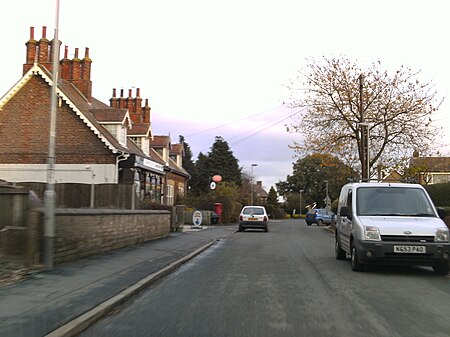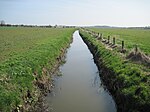Wawne
Civil parishes in the East Riding of YorkshireOpenDomesdayUse British English from June 2015Villages in the East Riding of Yorkshire

Wawne , also spelled Waghen, is a small village and civil parish in the East Riding of Yorkshire, England. The village is situated approximately 5.5 miles (8.9 km) north of Hull city centre and 4 miles (6.4 km) south-east of Beverley on the east bank of the River Hull. The civil parish consists of the village of Wawne and the hamlet of Meaux. According to the 2011 UK census, Wawne parish had a population of 975, an increase on the 2001 UK census figure of 878.
Excerpt from the Wikipedia article Wawne (License: CC BY-SA 3.0, Authors, Images).Wawne
Main Street,
Geographical coordinates (GPS) Address Nearby Places Show on map
Geographical coordinates (GPS)
| Latitude | Longitude |
|---|---|
| N 53.816742 ° | E -0.346088 ° |
Address
Main Street
Main Street
HU7 5XH , Wawne
England, United Kingdom
Open on Google Maps







